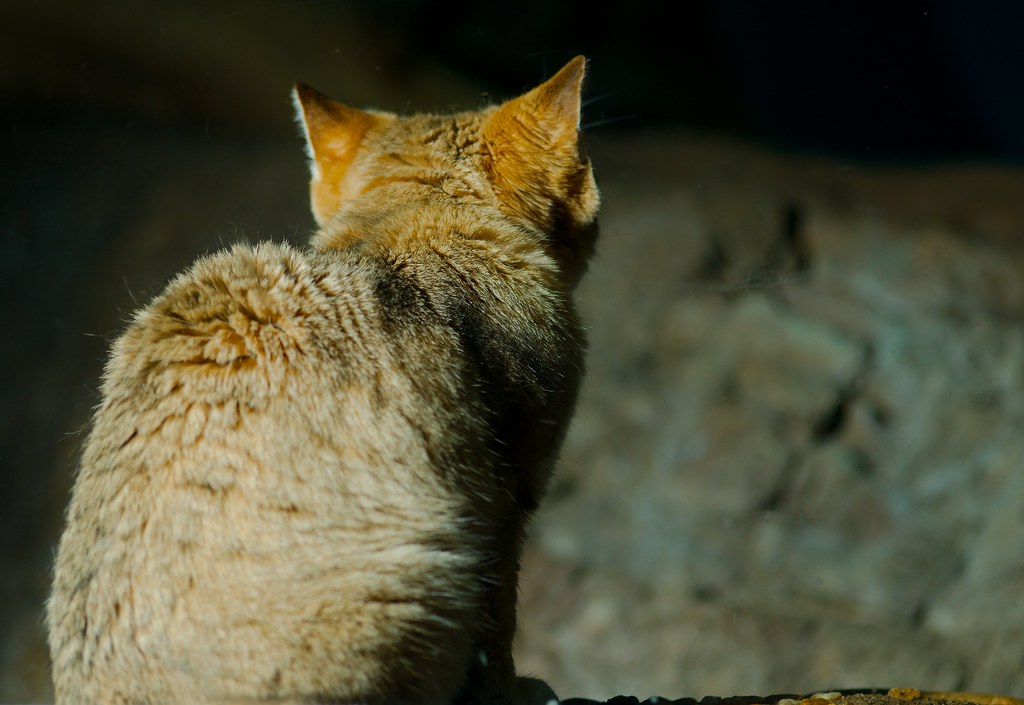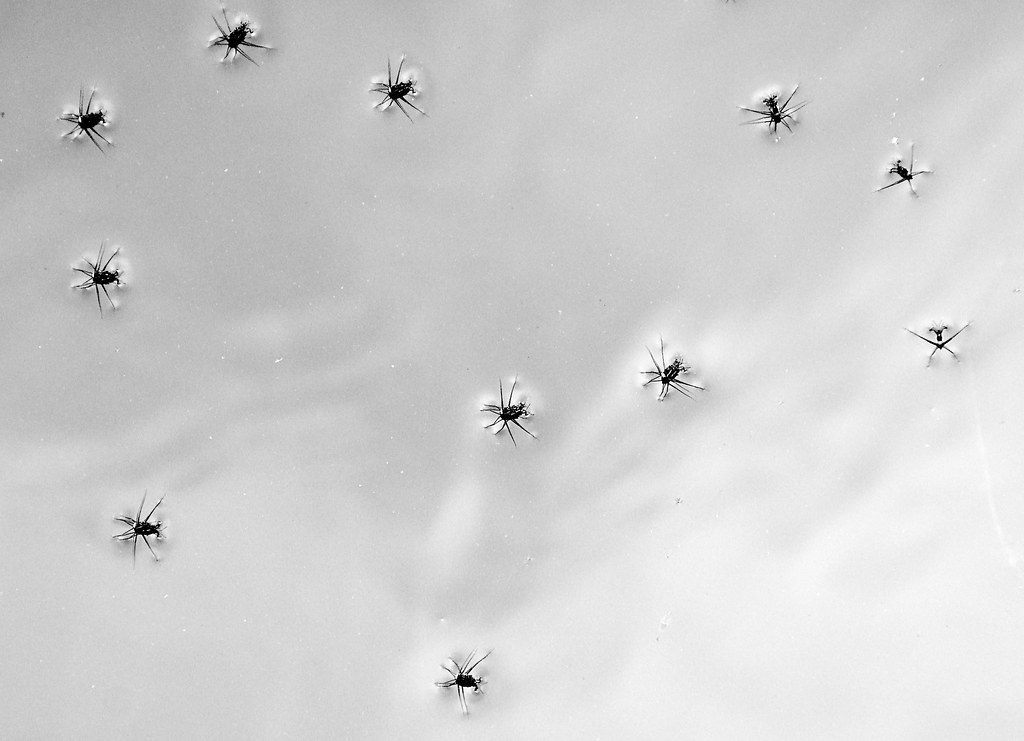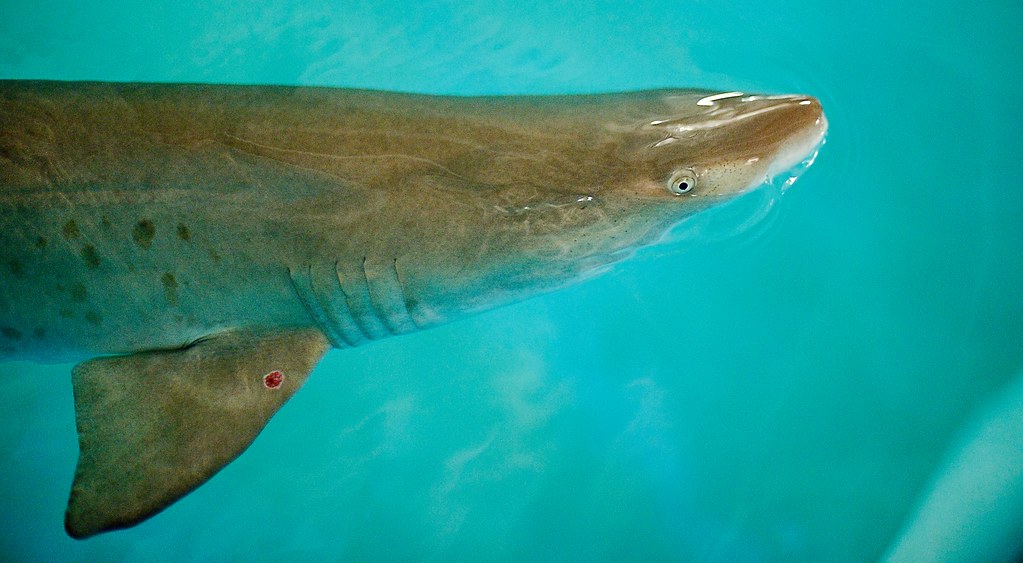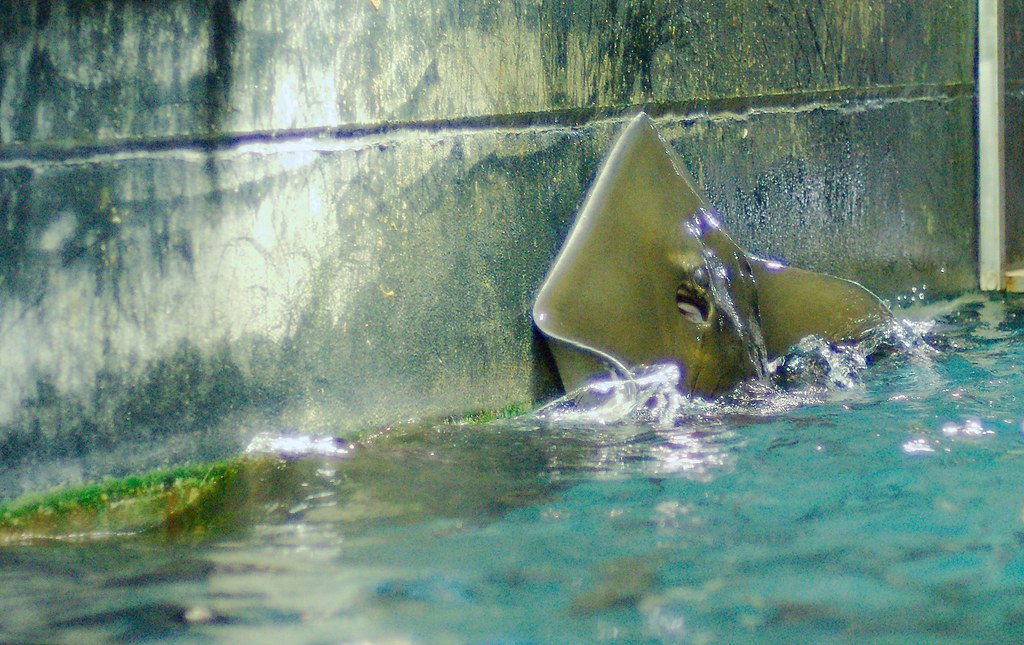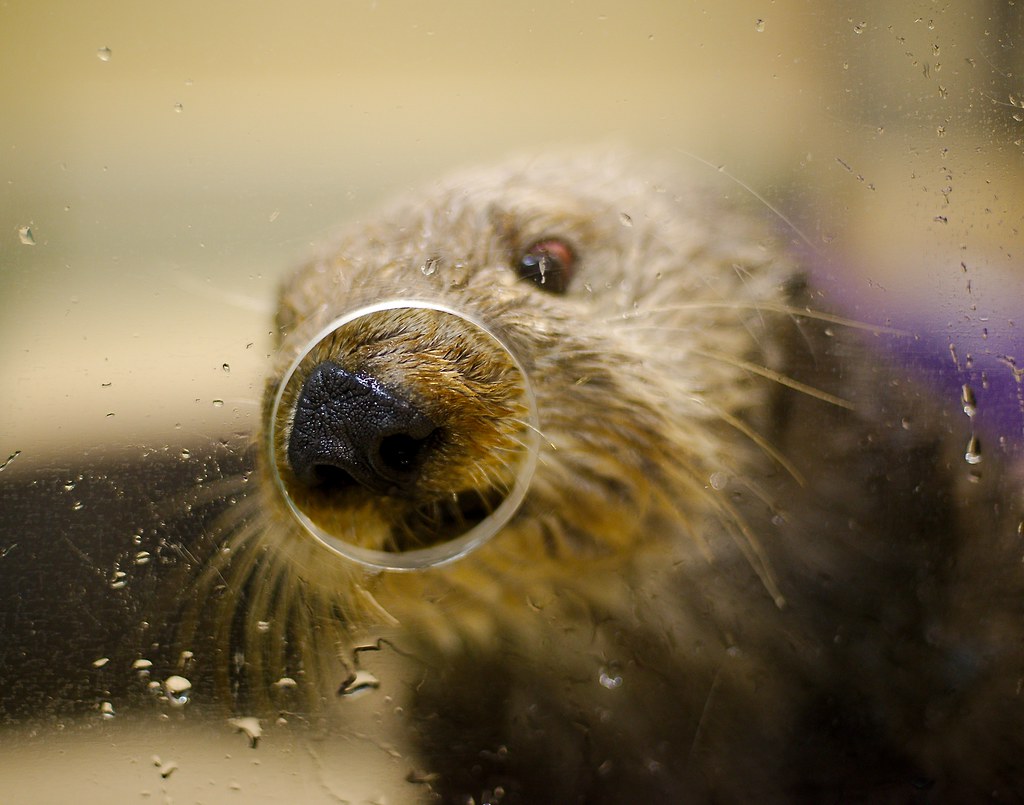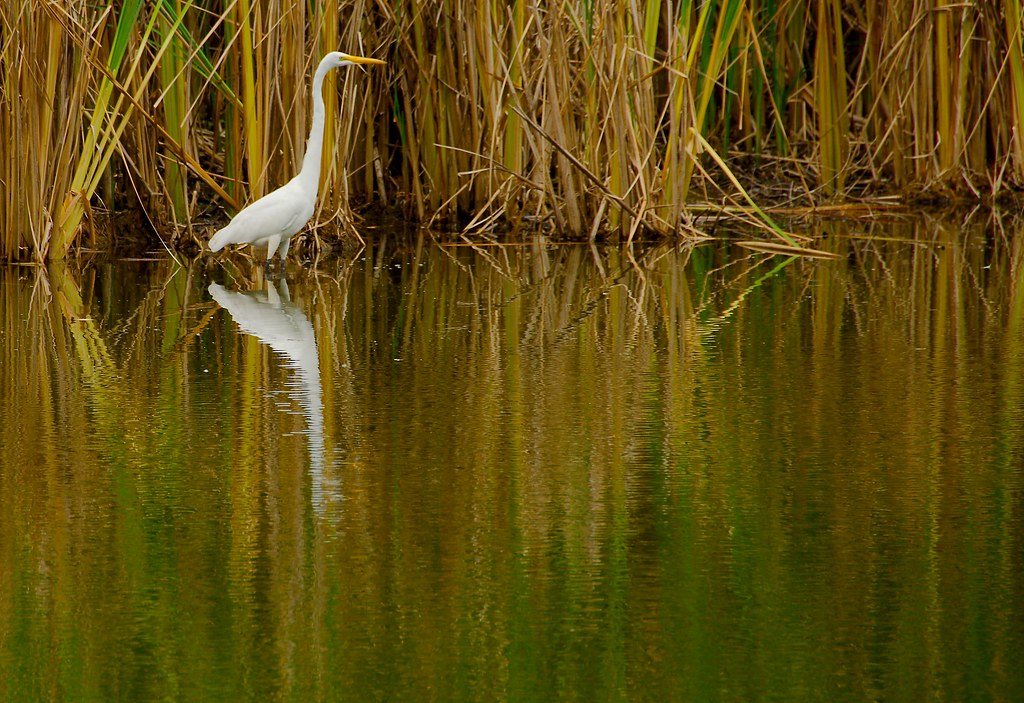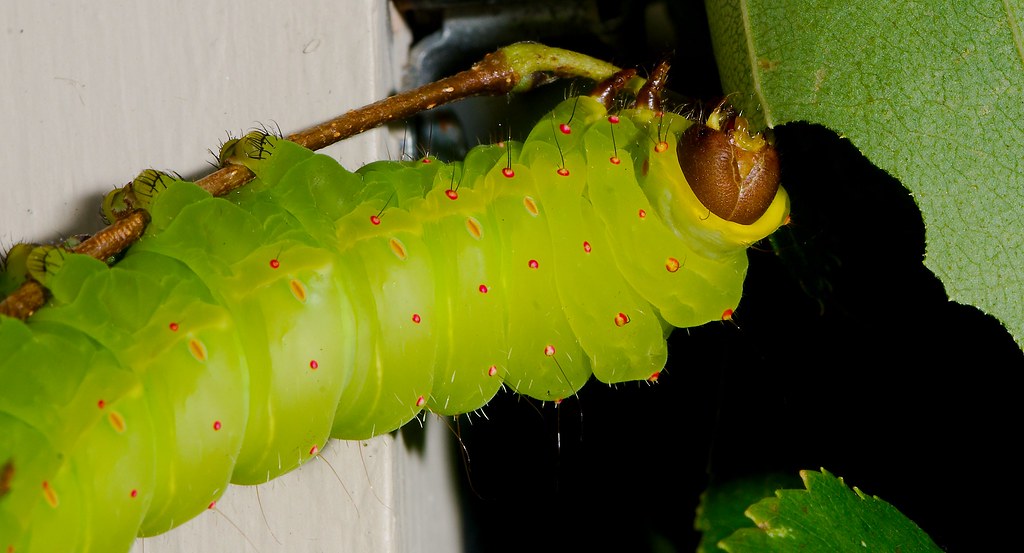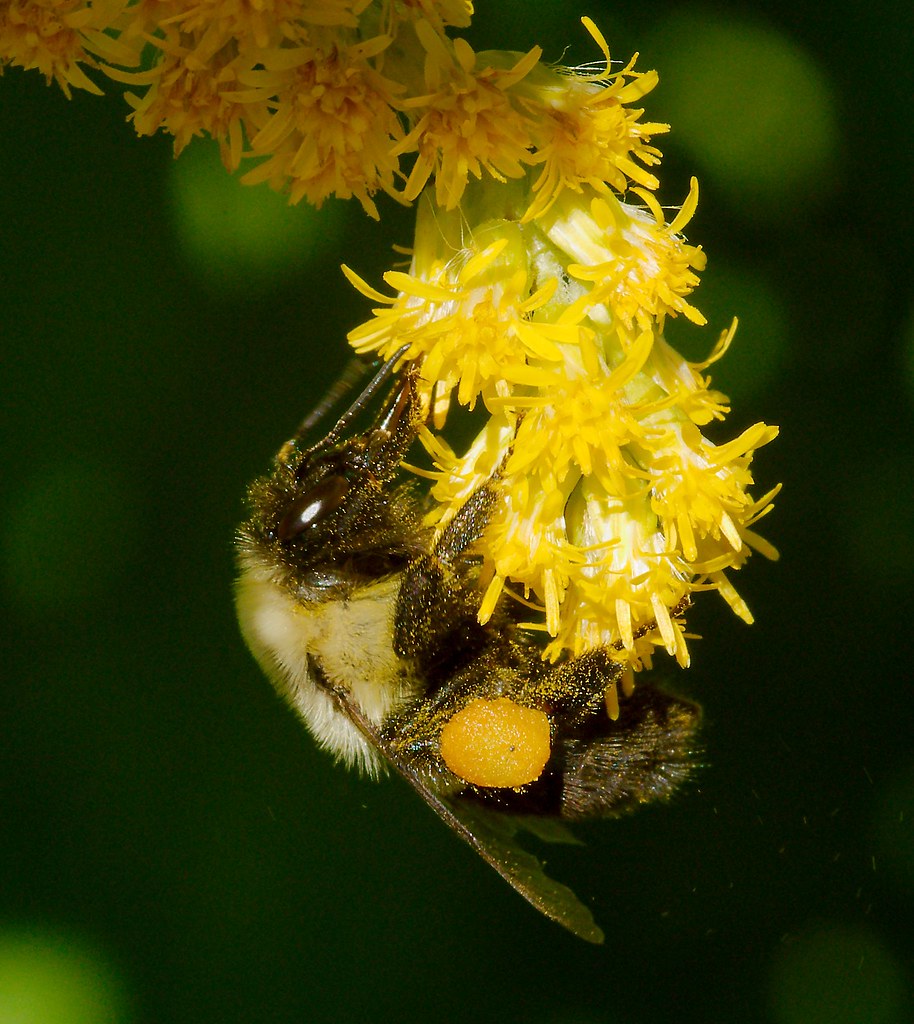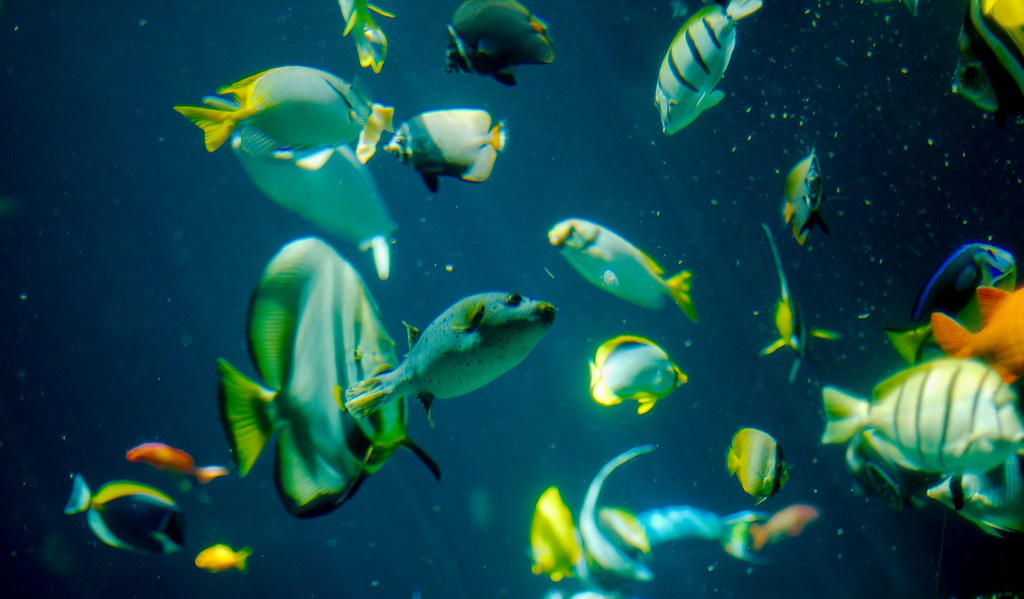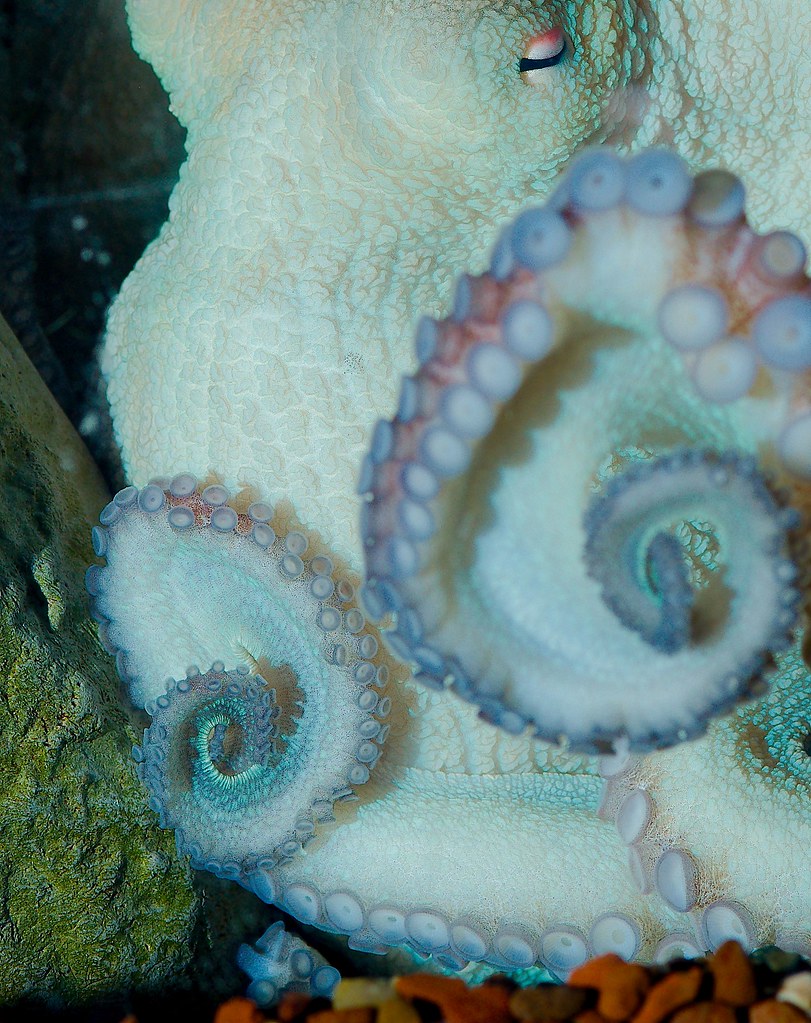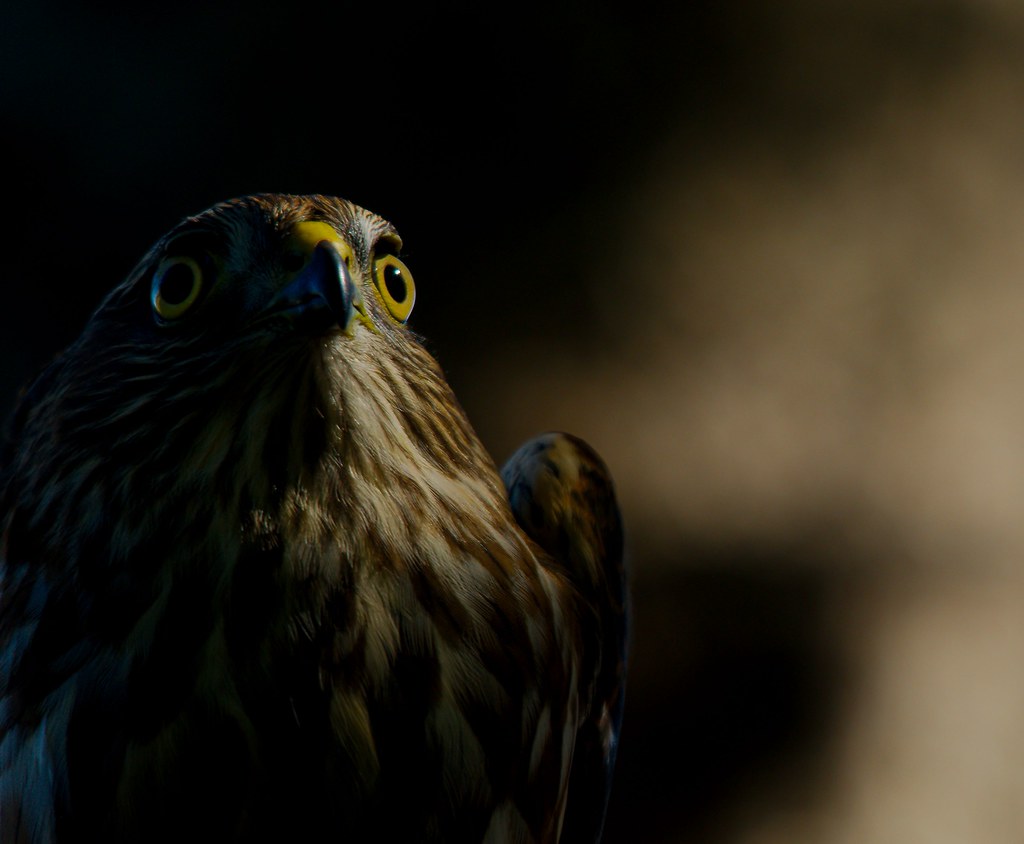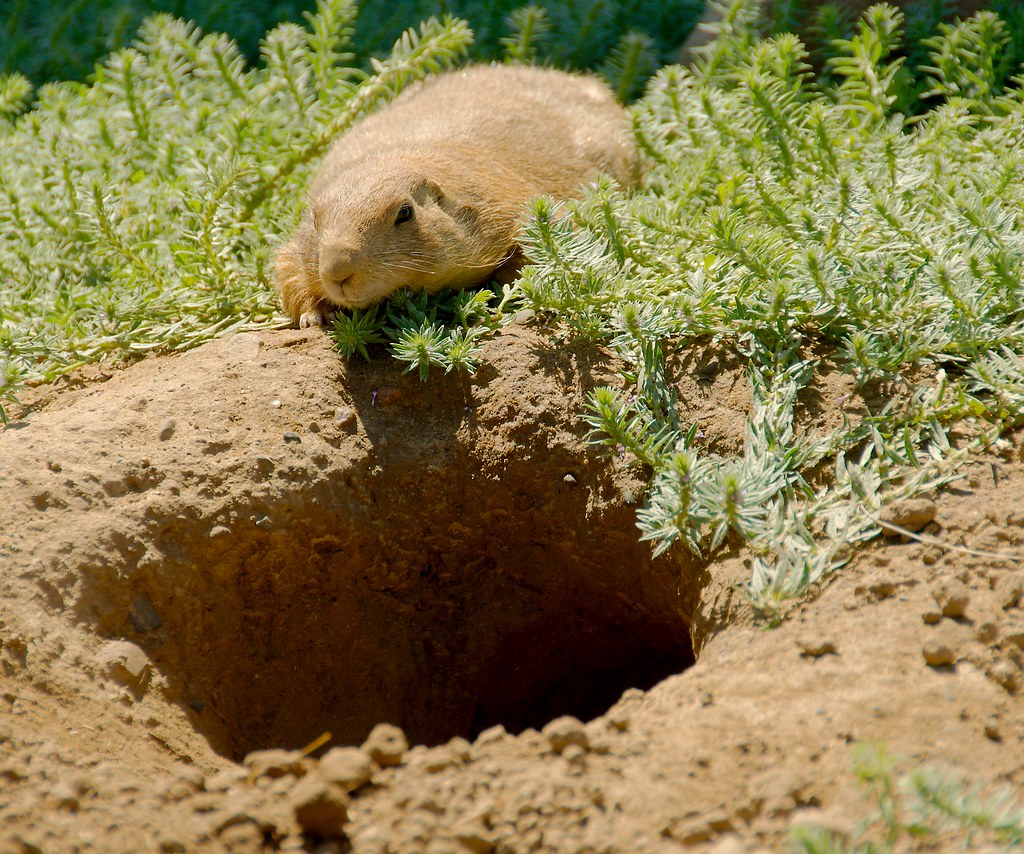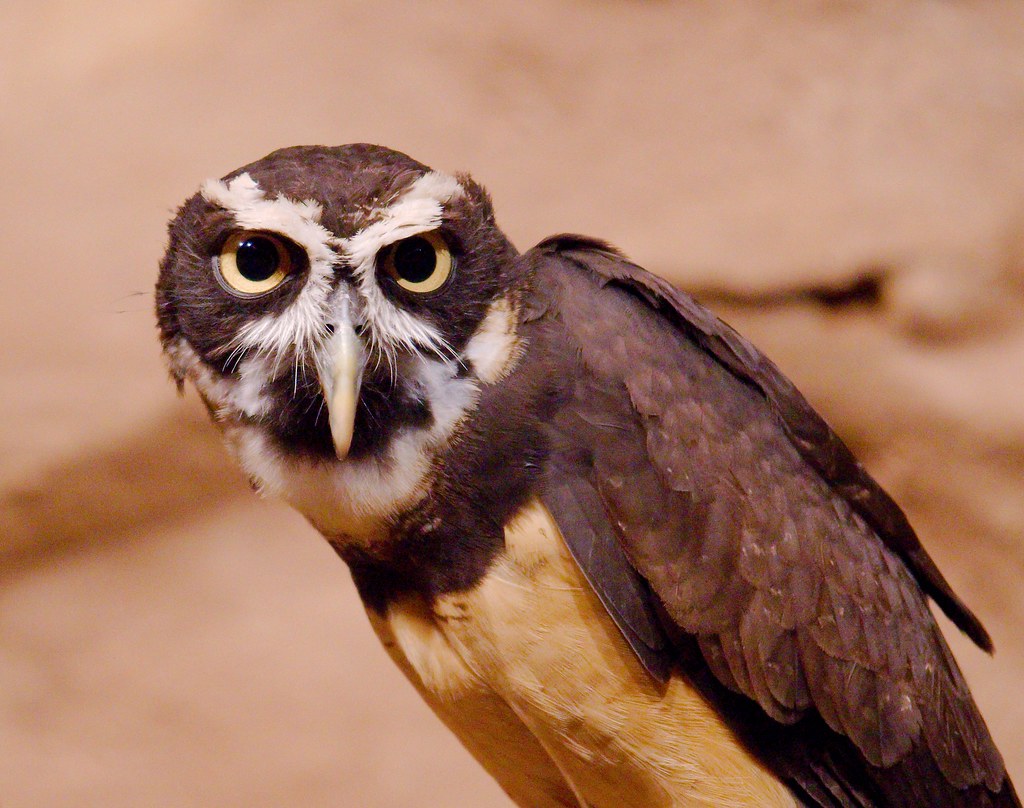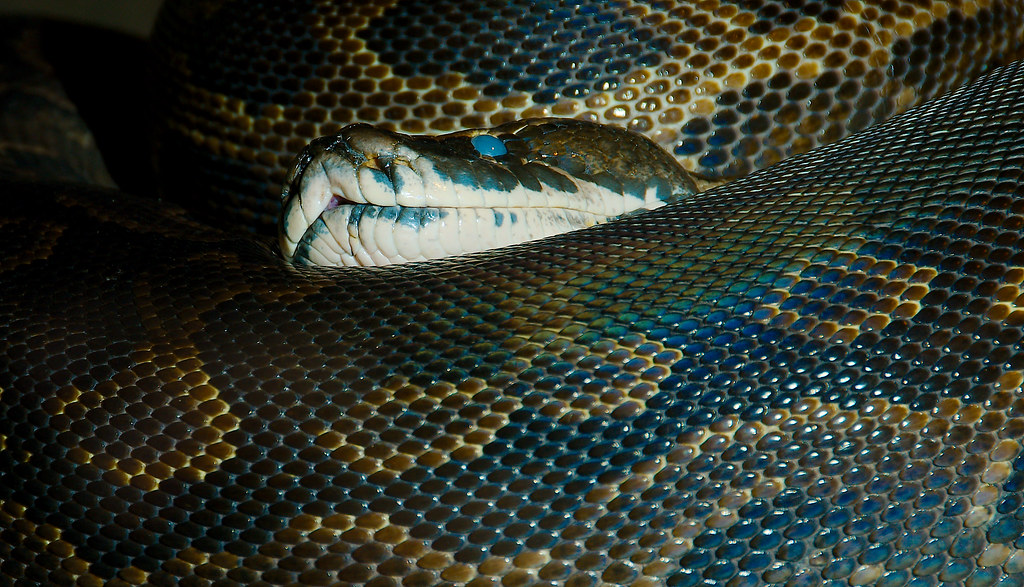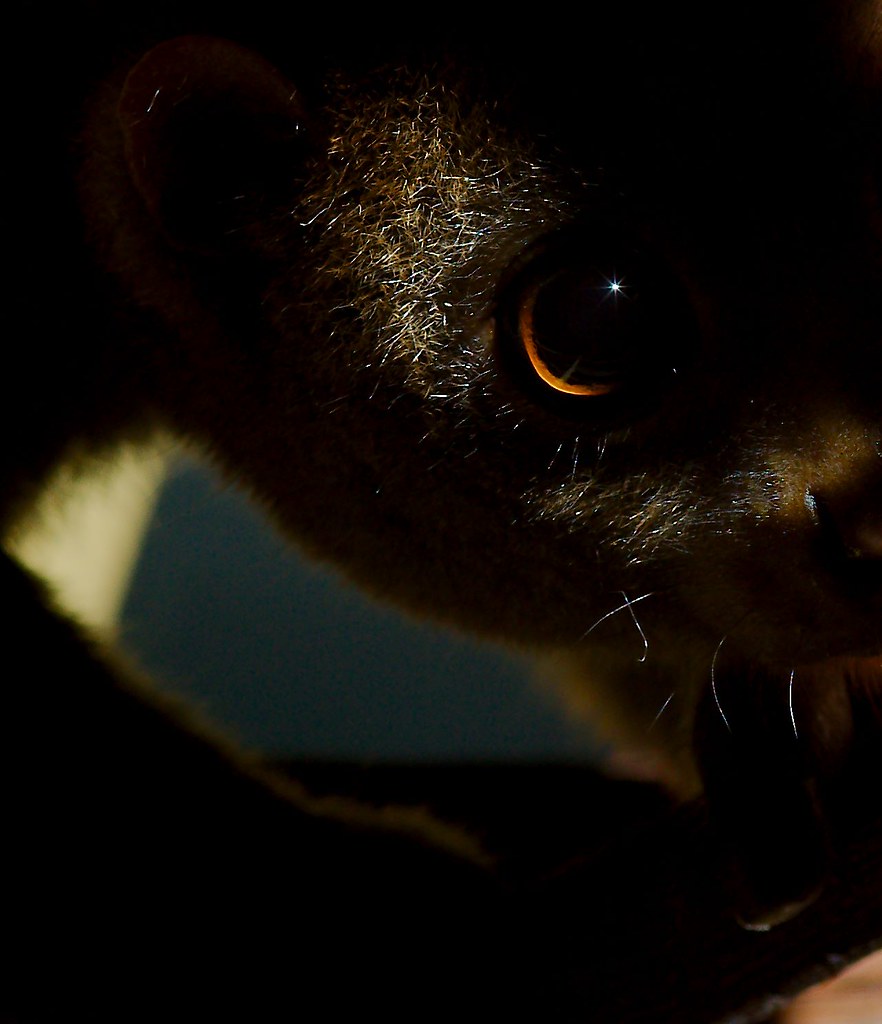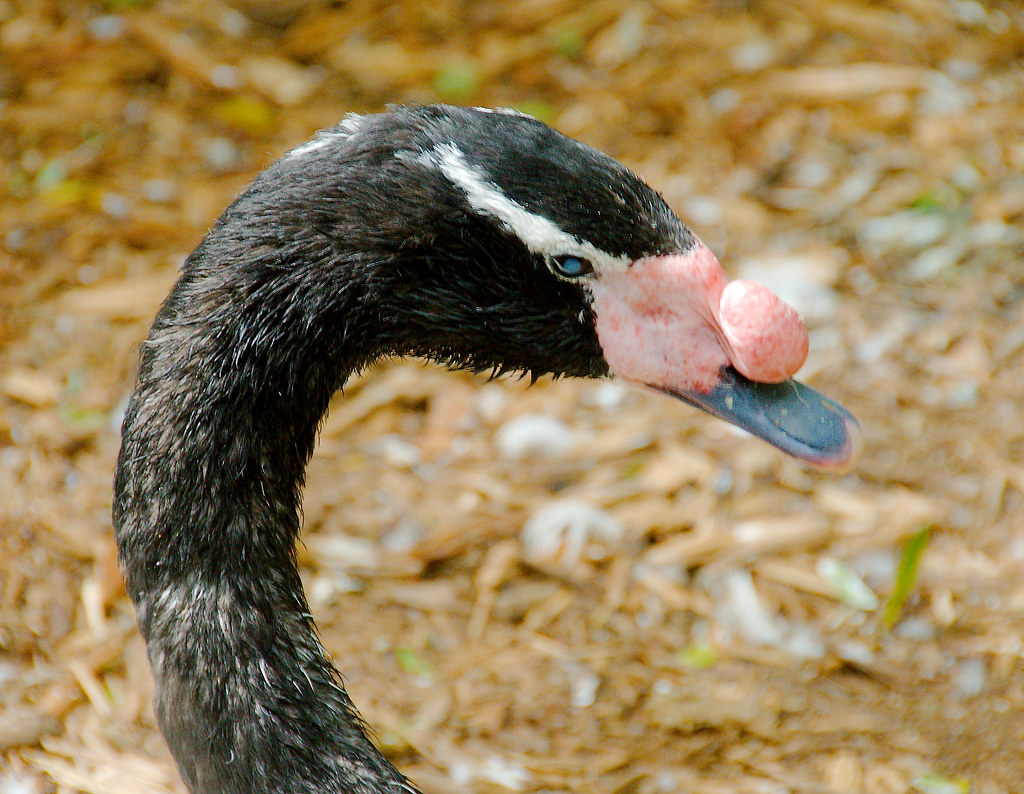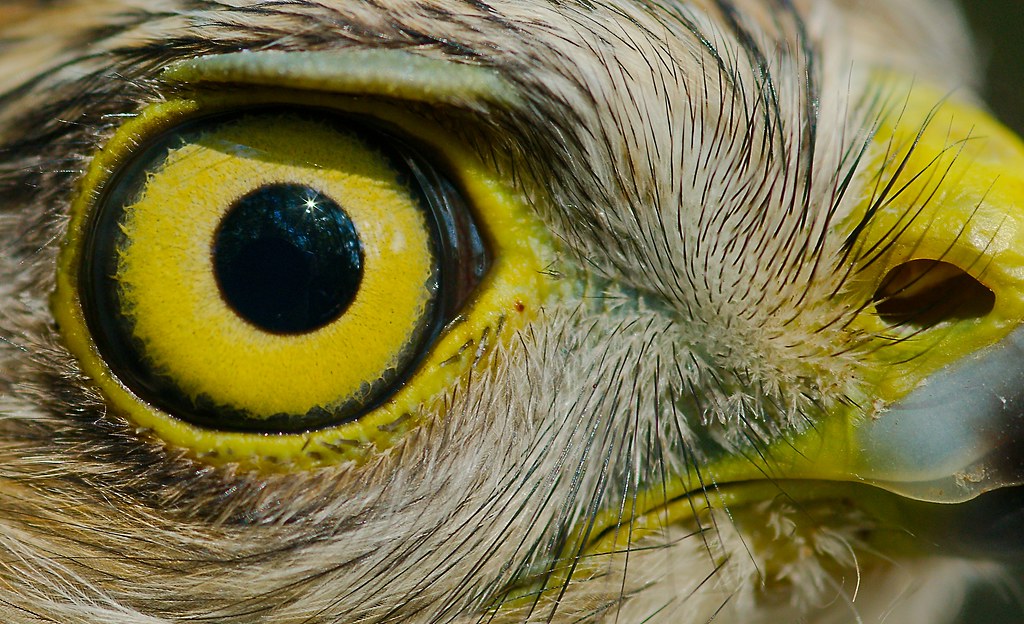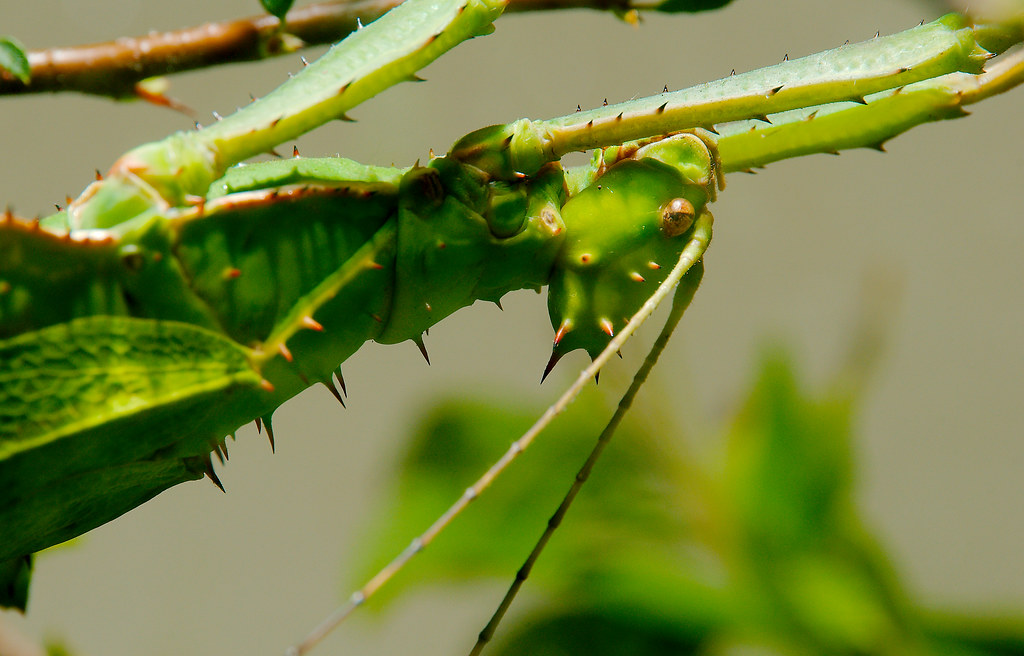
The jungle nymph grows random spikes as a youth, to better fit into the punk scene.
All posts by Josh More
Sand Cat (Felis margarita)
A year wasn’t enough.
She remembered them, small and mewling. She remembered their loud purrs, echoing in their cave throughout the night as they suckled and slept. Later, she’d bring them meals, carefully parceled out for their tiny teeth. A gerbil a day, perhaps a hare. They grew so quickly. Soon they were hunting on their own.
The grasshoppers were amusing. It took them a while to master the technique, but until they did, their hops, alerting the grasshoppers … a passel of bouncing across the desert.
As they grew, they pursued greater prey. Jerobas, larks, geckos, all eventually fell to their tiny claws.
She’d lost one to a viper. That had hurt, but the others had helped. Her family reduced by one, she became more careful, collecting the threats, one by one. She showed them all the tricks, ensuring they knew how to attack. Snakes, from behind. One massive strike to the head preventing another. Scorpions, flipped, removing the sting with the sand. She’d tried to teach them of drought, but that is a lesson they would need to learn on their own.
She knew it was time when their play took them further afield. Some nights, one wouldn’t return, and her heart would race a bit faster. They’d be there come morning though. All but the one she’d lost — the brave one. She hoped the others would be brave, but not too brave. They gradually moved further, coming home less and less often. Until now, when none returned. Three nights she’d watched, hoping, waiting.
Tonight, she just listened.
She thought she heard one, off in the distance, the soft slide of sand cascading down a dune. She imagined another, far in the East, lazing after a kill, first to see the sunrise. She hoped for the best for them, but knew her time with them was done. She’d done her best. Made them as strong, as quick, as smart as she could. Their lives were their own now. She knew it was right. She knew it was proper.
Still, a year wasn’t enough.
Water Skippers
Throwback Thursday
Ray
Sea Otter
Heron
Caterpillar
Bee
Fish
Common Octopus
Sharp Shinned Hawk
Prairie Dog performing Titus Andronicus
Spectacled Owl
Palm Cockatoo (Probosciger aterrimus)
African Rock Python (Python sebae)
Mudskipper
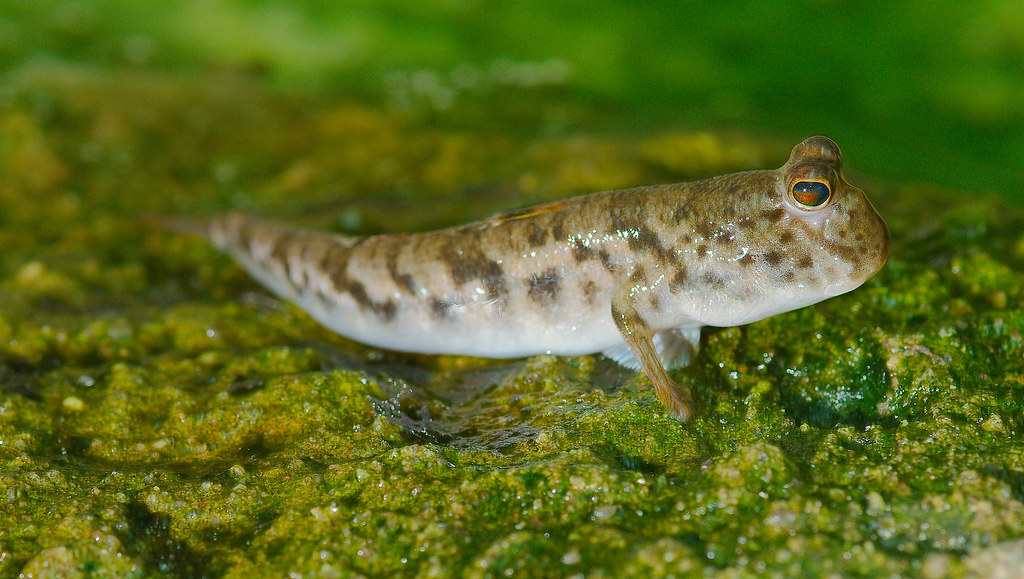
It is believed that the first fish to move onto land did so to avoid increased predation in the seas. This makes sense, because if there was little on land but plants and insects, it would be a safe place to be, so long as you could handle the sun. Today’s fish, not so much. If you’re leaping out of the water, you’re coming into a land that has birds, cats and crabs to eat you as well as the same sorts of insects that existed millions of years ago. This is of particular interest because those three types of animals (avian, mammal, insect and arthropod) have different kinds of eyes. Thus, if you want to be safe, you have to be able to see them without them seeing you. On top of that, you want your camouflage to work underwater as well. Thus, you get this type of patterning, where the top and sides match the rocks on which the fish sits and the bottom is lighter to blend in with the brightly-lit surface. You can also see a light speckling presumably helps to break up the pattern for those predators with eyes tuned for smooth expanses (such as the compound eye on an insect, I hypothesize).
One thing I’ve long wanted to do is get cameras that can see the infrared (like snakes) and the ultraviolet (like birds and insects). The camera helps you to see things you otherwise wouldn’t, and by adding things like macro lenses and microscopes, you can see closer like smaller animals do. Telephotos let you see like some birds. A polarizer can help you to see like some crustaceans and mollusks. But it takes different technology to extend the spectrum and, even then, it’s only an approximation. Still, I think it’s one worth (eventually) pursuing.
Potto (Perodictus potto)
They feast on dreams.
They weren’t always this way. Their dreams were once glorious. Songs were sung in lilting verse of the deeds done by their heroes. Poems recited over an entire day, yet kept their audience in constant rapture. Epics sculpted into entire cities, homes for the future forever telling the stories of the past. A single dream could feed a clan for a week and be crafted into dances, novellas and watercolours.
But they grew jaded. The greater their successes, the more they saw their flaws. Their dreams became reinterpretations. Impressions fed impressions — a single thread of dream stretching into the distance past. But it wasn’t enough. In the pursuit of ever higher art, they hit the limits of dream. They began to experiment with forcing dreams of specificity. Such dreams were less succulent, less filling, but created such art. Vivid colours, stark shapes and contrasts. A song of beauty crafted from nothing but two notes alternating with various patterns. A drama created for audience and of the audience, with no script but the prompts found on props. Such work was talked about far and wide.
But it faded fast.
New and increasingly garish works were required, so they experimented with pain. The pain of life infected the dreams, and painful dreams were ever so delicious. The art became darker. Images of blood and ravens. A single feather resting on a dusty mirror. A thorn pressing, not piercing, the eye’s surface. The slow, steady thumb of bass replacing the heartbeat of the dancer until they lost all sense of self in the inky black.
Such art was beautiful in its despair, but they could not survive on the dreams. They tried to recapture their dreams of old, but the truth and elegance was lost. In the pursuit of ever better art, the very art of dreaming was lost.
So they turned to others.
They tasted the dreams of the bluebirds and wove them into mile-long tapestries of cloud and wind. The dream of a tortoise was small and hard, slow to digest, but had such depth of meaning. Operatic cycles are still being written from the nugget of the first tortoise dream ever harvested. Hummingbird dreams were hard to collect and dissolved quickly, but evoked kinetic sculpture so light and fast that it seemed to move without effort.
They became addicted, seeking wider experiences, forming packs, learning to hunt.
They hunt best alone. They make small … adjustments to lives. The frustration of a misplaced item, joy of an unexpected find, despair from a total loss, any of these with twist a dream. It can take many weeks to craft the perfect dream with the right mix of broken hearts and blush of love, of the rush of success or the crushing pain of loss, of thrilling life and yawning death. Then, when their prey are right on the brink of collapse, they lurk in the dark, waiting for the right moment to strike.
They just need you to fall asleep.
